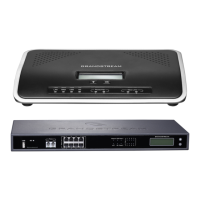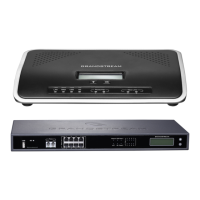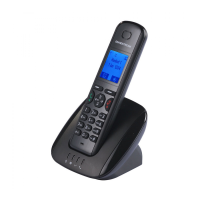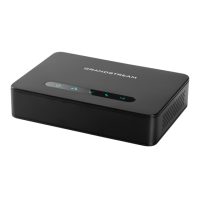UCM6200 Series User Manual
>Internal Options->Language. The dropdown list shows all the current available
voice prompt languages on the UCM6200. To add more languages in the list, please
download voice prompt package by selecting "Check Prompt List" under web UI-
>PBX->Internal Options->Language.
The maximum endpoints which can be registered into this extension. For security
concerns, the default value is 1.
Configure the phone number for the extension, user can type the related star code for
phone number followed by the extension number to call directly this number.
Example: user can type *881000 to call the mobile number associated with extension
1000.
Table 35: SIP Extension Configuration Parameters->Media
Use NAT when the UCM6200 is on a public IP communicating with devices hidden
behind NAT (e.g., broadband router). If there is one-way audio issue, usually it's
related to NAT configuration or Firewall's support of SIP and RTP ports. The default
setting is enabled.
By default, the UCM6200 will route the media steams from SIP endpoints through
itself. If enabled, the PBX will attempt to negotiate with the endpoints to route the
media stream directly. It is not always possible for the UCM6200 to negotiate
endpoint-to-endpoint media routing. The default setting is "No".
Select DTMF mode for the user to send DTMF. The default setting is "RFC2833". If
"Info" is selected, SIP INFO message will be used. If "Inband" is selected, 64-kbit
PCMU and PCMA are required. When "Auto" is selected, RFC2833 will be used if
offered, otherwise "Inband" will be used.
If the phone has an assigned PSTN telephone number, this field should be set to
“User=Phone”. “User=Phone” parameter will be attached to the Request-Line and
“TO” header in the SIP request to indicate the E.164 number. If set to “Enable”, “Tel”
will be used instead of “SIP” in the SIP request.
If enabled, empty SDP packet will be sent to the SIP server periodically to keep the
NAT port open. The default setting is "Yes".
Configure the Keep-alive interval (in seconds) to check if the host is up. The default
setting is 60 seconds.
When present in an INVITE request, the alert-Info header field specifies and
alternative ring tone to the UAS.
Enable or disable T.38 UDPTL support.
Enable SRTP for the call. The default setting is disabled.
Select Fax mode. The default setting is “None”.

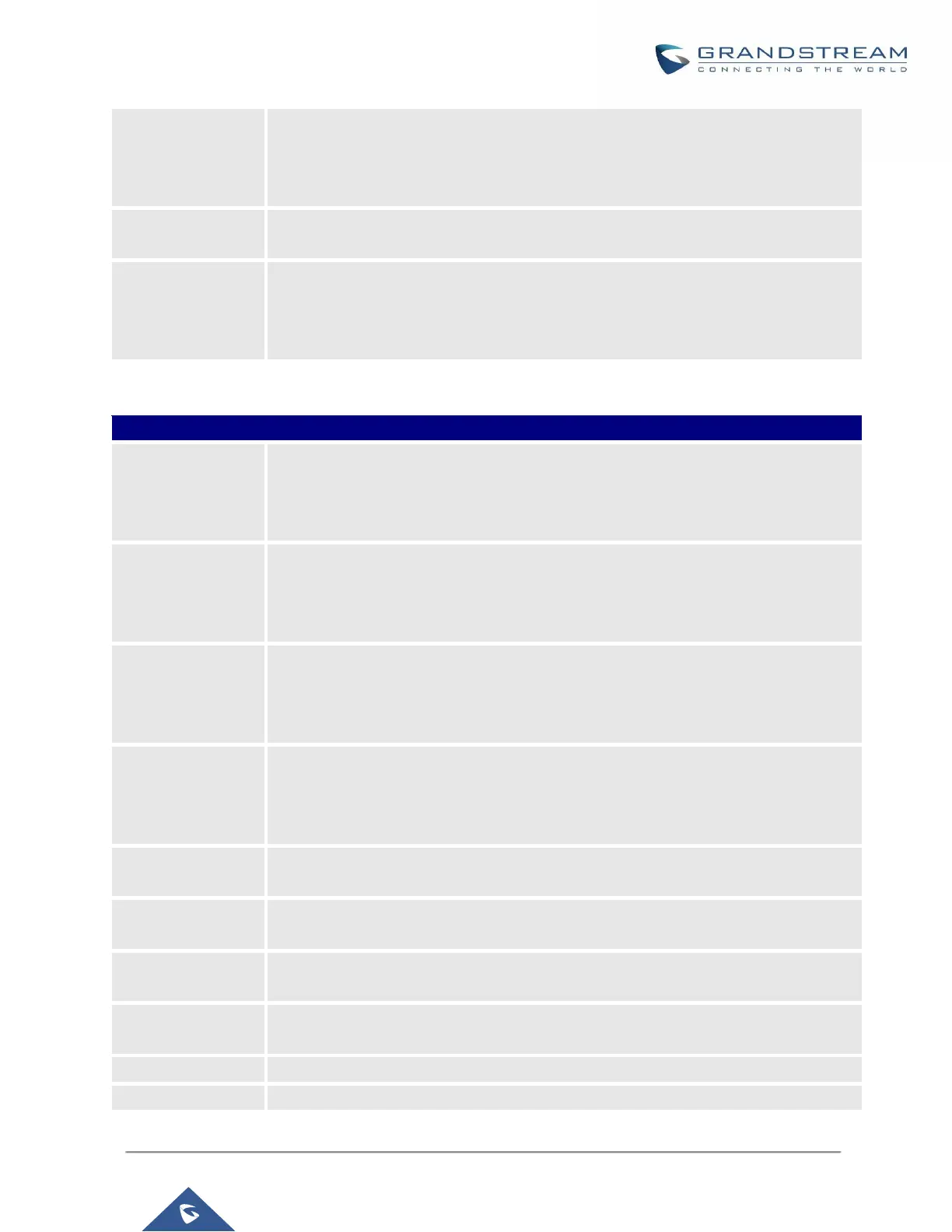